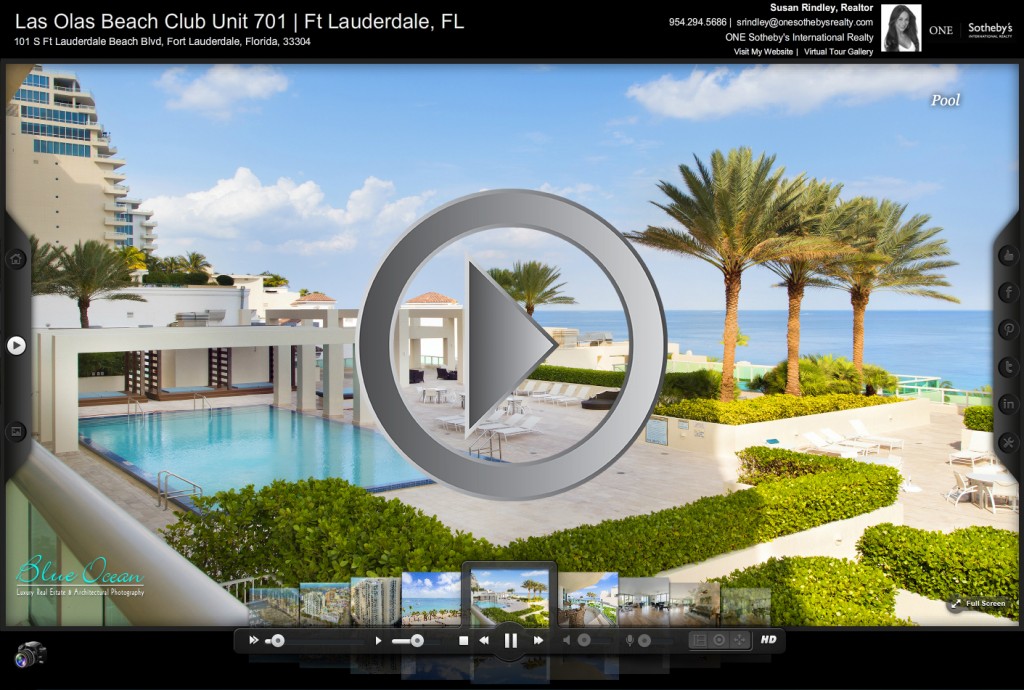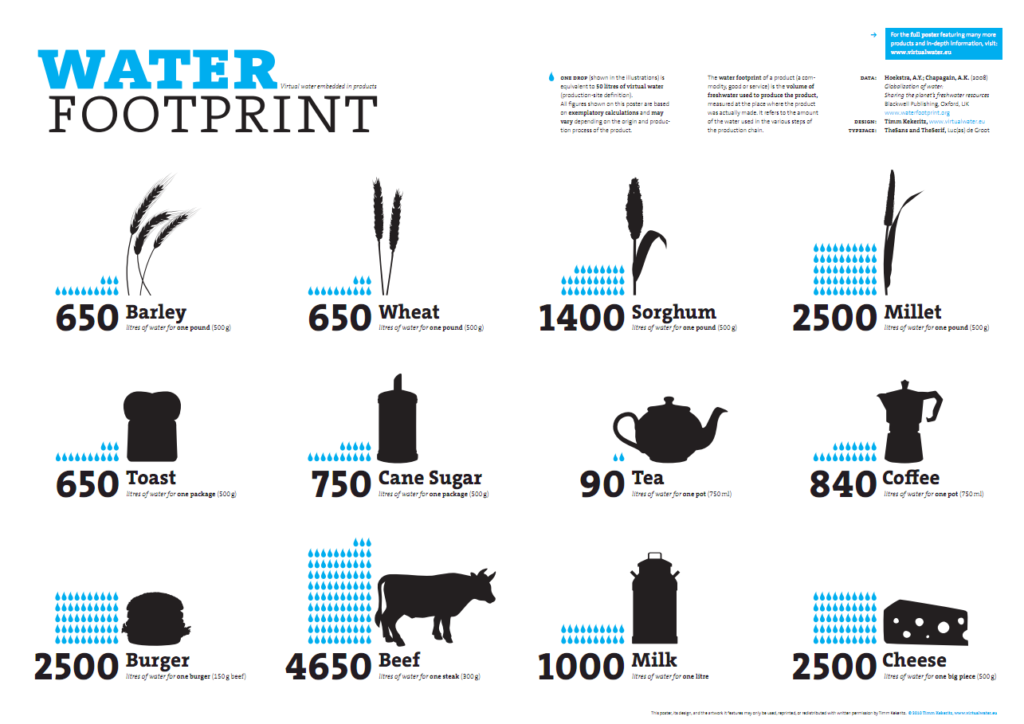In today’s digital age, the term “virtual tour” is becoming increasingly popular. But what exactly does it mean? Simply put, a virtual tour is a digital representation of a physical location that can be accessed from anywhere in the world. It is a form of multimedia that allows viewers to explore and interact with a space without actually being there.
Virtual tours can be created using a variety of technologies, such as 360-degree cameras or computer-generated graphics. They are often used by real estate agents, hotels, museums, and other businesses to showcase their facilities and attract potential customers. With the ability to provide a realistic and immersive experience, virtual tours have become an essential tool for businesses looking to stay competitive in today’s market. So next time you hear the term “virtual tour,” you’ll know exactly what it means and how it can benefit you.
A virtual tour is a simulation of an existing location, usually composed of a sequence of videos or still images. It may also use other multimedia elements such as sound effects, music, narration, and text. It allows the user to take a virtual “walk” through the location. Virtual tours are used in online marketing, education and entertainment.
- How to create a virtual tour?
- Choose a location for your virtual tour.
- Select the type of virtual tour you want to create.
- Collect the necessary images and videos.
- Prepare the images and videos.
- Create the virtual tour with a software.
- Publish the virtual tour.
| Virtual Tour | 360-degree Tour |
| Virtual tours are simulations of existing locations. | 360-degree tours show an interactive view of a location. |
| Virtual tours usually use images or videos. | 360-degree tours use interactive images or videos. |
| Virtual tours are used in online marketing, education and entertainment. | 360-degree tours are used in real estate, hospitality and tourism. |

What is a Virtual Tour?
A virtual tour is an online version of a physical space. It is an interactive and immersive experience that allows users to explore a location through digital media. A virtual tour can include audio, photos, videos, and more. Virtual tours are used for business and educational purposes, as well as for entertainment. They offer a more convenient and cost-effective way to experience a place than traditional travel.
How do Virtual Tours work?
Virtual tours are created by combining elements from different media, such as photos, videos, audio recordings, and text. The elements are then compiled into an interactive experience. The user is able to navigate through the virtual tour by using a mouse, keyboard, or touchpad. The user can move through the tour at their own pace, and can even take a guided tour with a narrator.
The user can also interact with the virtual tour by clicking on elements in the tour. These elements can include links to more information about the location, or interactive elements such as quiz questions, puzzles, and more. The user can also access additional content, such as maps, 360-degree views, and audio recordings.
Benefits of a Virtual Tour
Virtual tours offer many benefits, including cost savings, convenience, and flexibility. They are a great way to explore a location without the expense and hassle of traditional travel. They are also an effective way to market a business or destination. Virtual tours can also be used in educational settings, as they provide an immersive learning experience.
Finally, virtual tours are an excellent way to engage an audience. They can be used to tell a story, or to provide an interactive experience. They can also be used to provide a glimpse into a location that would otherwise be inaccessible. Virtual tours offer a great way to explore the world from the comfort of your own home.
Frequently Asked Questions
A virtual tour is an interactive online experience that allows people to explore a real-world environment from the comfort of their own home or office. Virtual tours are typically created using 360-degree panoramic images or video, giving users a sense of being in the space as if they were actually there.
What is a virtual tour?
A virtual tour is an online experience that allows people to explore a real-world environment from the comfort of their own home or office. It can be created using 360-degree panoramic images or video, giving users a sense of being in the space as if they were actually there. The virtual tour can be used for both educational and recreational purposes, such as visiting museums, taking virtual field trips, or exploring historical sites.
What are the benefits of a virtual tour?
Virtual tours offer a range of benefits to both individuals and organizations. For individuals, virtual tours provide an opportunity to explore places they may not otherwise be able to visit. Furthermore, virtual tours can be used to enable people to experience what it is like to be in a particular location or environment, such as a museum or a historical site. For organizations, virtual tours can be used to promote their offerings or services and can provide a cost-effective way to showcase their products and services to potential customers.
How do virtual tours work?
Virtual tours are typically created using 360-degree panoramic images or video, and are often made up of a series of linked images or scenes. Users navigate through the tour using their computer mouse, keyboard, or touchscreen to move from one scene to the next. Virtual tours can also include interactive elements, such as maps, audio, and text, to help users explore and understand the environment they are visiting.
What technology is used to create virtual tours?
Virtual tours are typically created using special camera systems and software programs. Cameras are placed in specific locations and used to capture images or video of a particular environment. These images or video are then stitched together to create a 360-degree panoramic view of the space. Special software is used to link the images or video together, as well as to add interactive elements, such as audio, maps, and text.
How can I access a virtual tour?
Virtual tours can be accessed through a variety of platforms, such as websites, mobile apps, and virtual reality headsets. Many virtual tours are free to access, while others may require a fee or subscription. Some virtual tours may also be available in both online and offline versions. Online versions are typically accessed through a web browser, while offline versions may require a specific platform, such as a virtual reality headset.

What Is A Virtual Tour?
In conclusion, a virtual tour is a fantastic tool for businesses and individuals who want to showcase their products, services, or venues in a visually appealing and interactive way. With virtual tours, you can create a realistic 3D representation of any location, giving your audience an immersive experience that is almost as good as being there in person. Whether you want to promote a real estate property, a travel destination, or even an educational institution, virtual tours can provide an effective and engaging platform to showcase your offerings.
Overall, the benefits of virtual tours are numerous and are only expected to increase in the future. As technology continues to advance, virtual tours will become more refined, and the possibilities for innovation and creativity will be endless. So, if you haven’t yet explored the potential of virtual tours, now is the time to do so. Whether you are a business owner, a marketer, or even an individual looking to showcase your creativity, virtual tours can provide an exciting and dynamic platform to bring your ideas to life.



